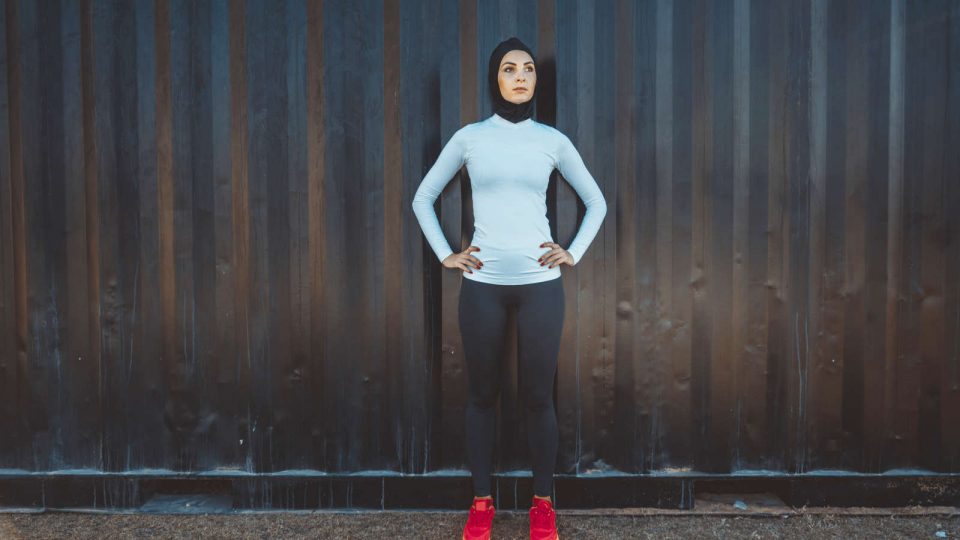You may not understand the struggle of a Muslim women runner unless you have been through it yourself. Looking at them, you may have secretly thought to yourself that it must have been a struggle for the Muslim women runners but despite the struggle, it was not and never an obstacle for them to be a part of the running community.
For Muslim women runners it is compulsory for them to cover up their body even when the weather is too hot under the burning sun. It is definitely different from the non-muslim women runners as they have the freedom to wear shorts and sleeveless shirts if the weather is hot and humid.
Here are the 7 things that only a Muslim women runner will understand.
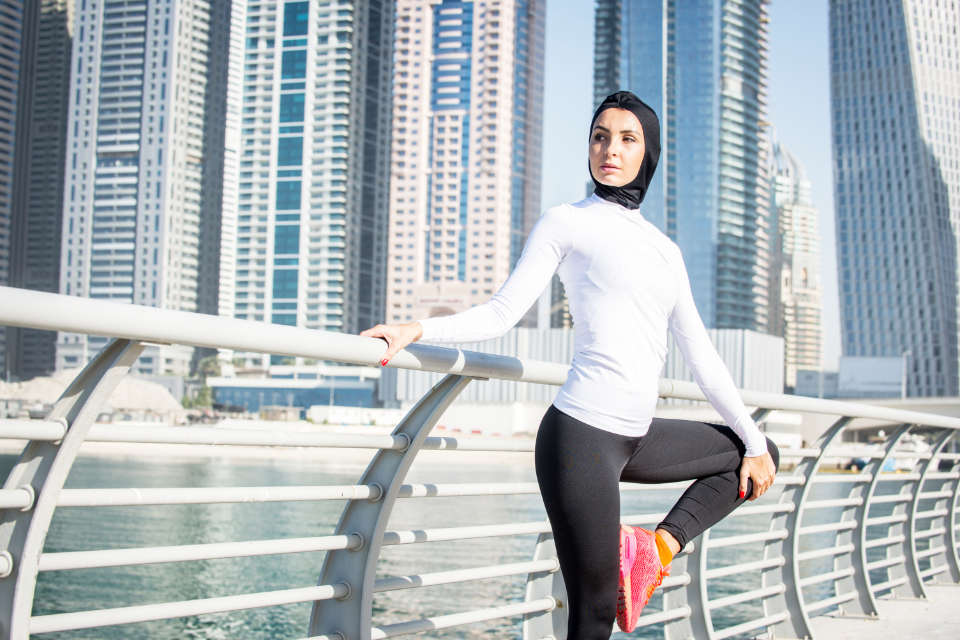
1. Finding a modest athletic clothes
A hijabi athlete wears loose-fitting clothes that aren’t see-through or made of a mesh material and to be able to find a modest gear for hijabi is a challenge. Most of the running gears that you find in stores are not hijabi friendly as they are designed to fit nicely on your body. For hijabis, they are not allowed to wear really tight clothing where it shows all the curves of their body as it is wrong to do so.
Even when they had no other choice but to wear the tight fitting tights, they still had to wear something over the tights for coverage – like shorts or skirts. Long sleeve shirts and tights are everywhere in stores but to find the one that has a high-collared top is difficult. Muslim women runner usually try to find a high-collared top or wear a longer hijab to cover the neck area.
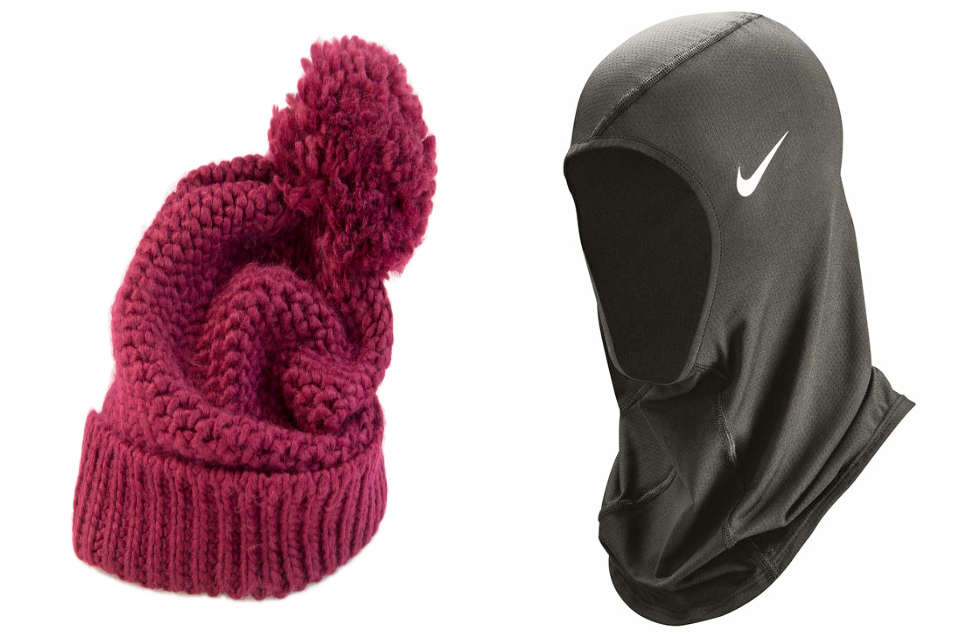
2. Running hijab
There are hijabs that were designed for working out but to find the right hijab is a problem. Not many of the performance hijabs fit well with all Muslim women. Those that were not designed well were not able to fit and slips off when running, and others were thick, scratchy and don’t look good.
Other than wearing the performance hijab, some of the Muslim women runners op for other alternatives like wearing a buff or beanie to cover up their hair.
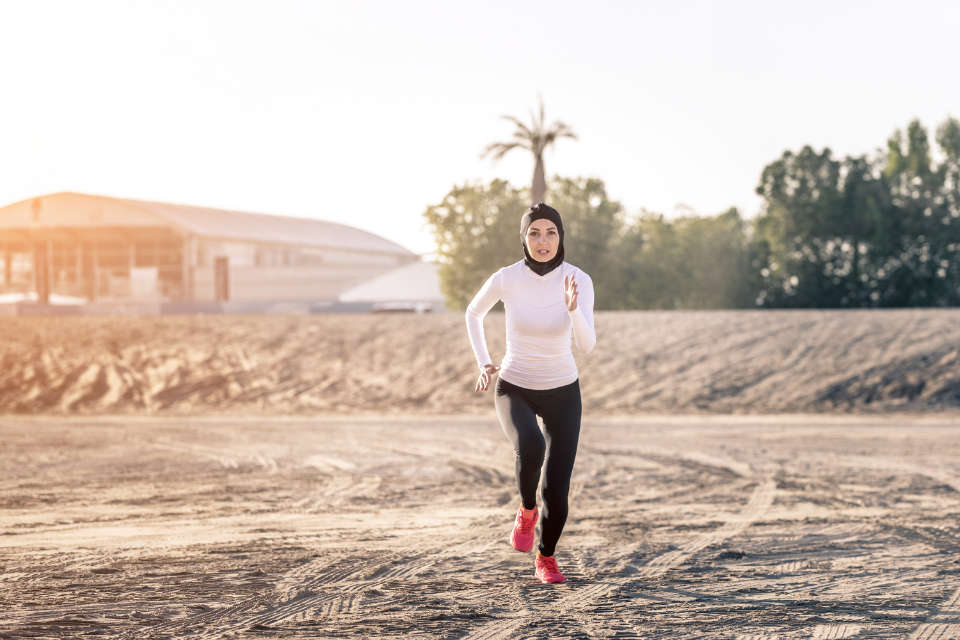
3. Flying Hijab
We probably never have experienced a piece of cloth disrupting our vision while running or a cloth that keeps flapping under your chin, isn’t it? Finding the right hijab is a struggle and keeping the hijab in place without flapping and disrupting our line of vision is another.
So how do Muslim women runner usually deal with this to minimise the struggle? They usually pin their hijabs on their shirt, tie the scarf into a bun or slot it under their shirt to prevent it from hitting their face. You may think its just bunning, slotting and pinning them up but they have to bare with the weight of sweat that the hijab has absorbed (depends on the hijab material and style).

4. Non-wireless earpiece is a hassle
Just like what the header says, a non-wireless earpiece is a hassle to Muslim women runners. It may not apply to all Muslim women runners but most of them feel that with a wireless earpiece, it is so much better and easier to go about.
The worst thing that can happen to a hijabi athlete when running is that the earplugs shift in the hijab and your run is interrupted. You will need to stick your hands under the hijab or headpiece to adjust them, then you will be able to continue your run but with a wireless earpiece, it is so much easier! No disruption, no shifting of earplugs.
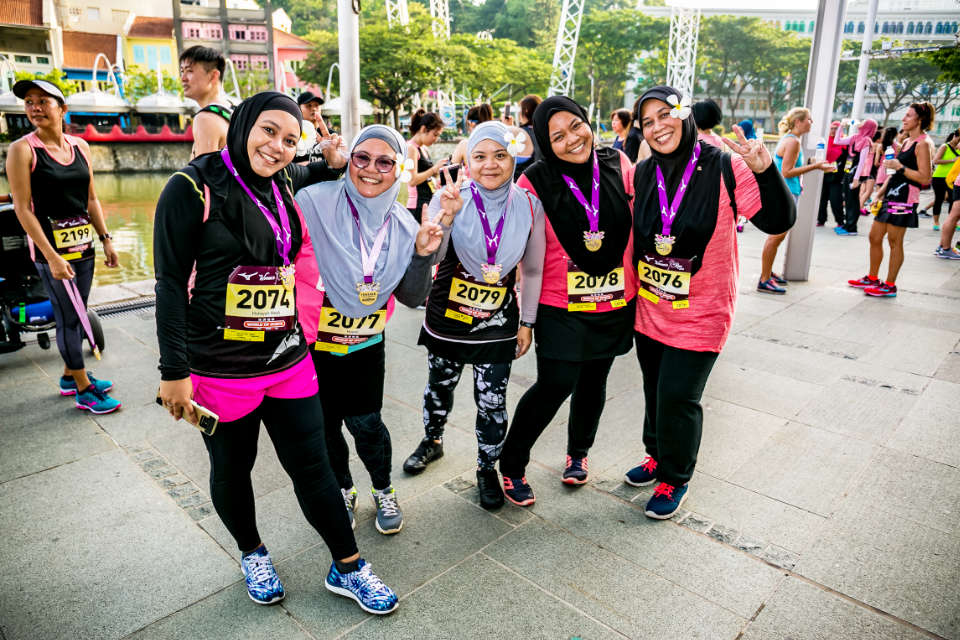
5. Sleeveless shirt and women
Most of the running events you will find that the entitlements that they give to women are always sleeveless shirts, don’t you think so? It feels like a stereotyping thing where women and sleeveless shirt comes in a package. It’s hard for Muslim women runners to wear them because it’s not hijabi friendly and they are not allowed to wear clothing that shows their skin – as it is compulsory for women to cover their entire body with the exception of their face and hands.
So what usually Muslim women runners will do is that they will wear a long sleeve clothing under the sleeveless shirt to cover the area that the shirt doesn’t cover. Or they just don’t wear the entitlement shirt and wear a more trouble-free shirt or just any long sleeve shirt.
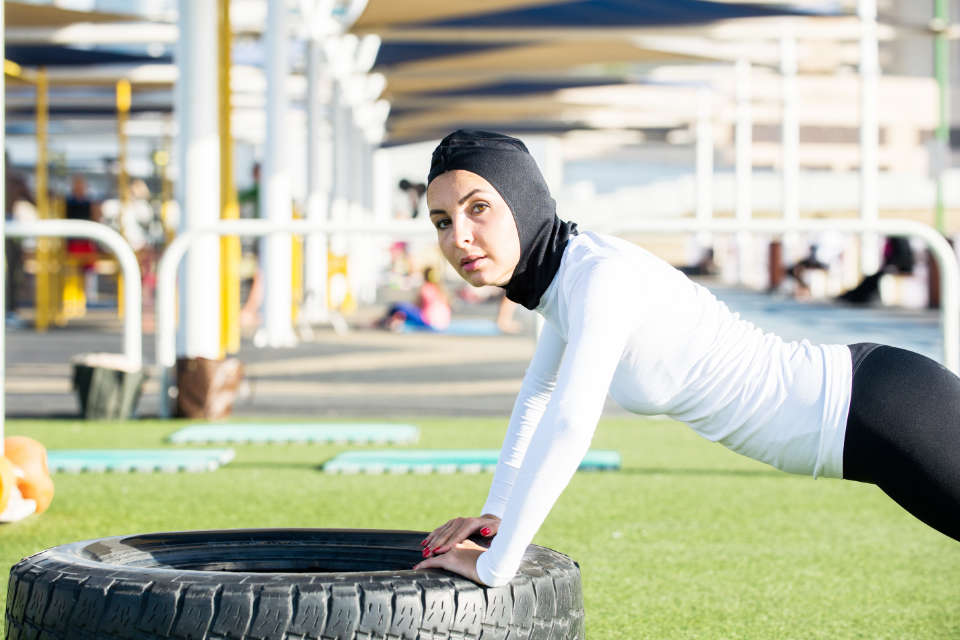
6. Difference in culture
In Singapore, you often see Muslim women working out in a co-ed gym and you rarely see any only female gym here but for countries like in North America, it is different. Most of the Muslim women there go to an only female gym and if they can’t find any nearest only female gym, they’ll usually just work out at home. For the sake of modesty, working out around men are discouraged.
7. Running during fasting month
Do they? Do Muslim runners run during fasting month? Is it advisable to run? Will they…..be able to endure? I’m sure some of you all who have never really tried fasting may have come across all of this questions. Many have thought that during the fasting month, the Muslims will not be able to do their runs as they are not allowed to drink water but it’s all just an assumption and it also depends on the person’s body.
Some Muslim runners do actually still go for their runs during the fasting month period as they feel that it helps to make them feel energised. They continue to do their normal training routine or cut down the distance but still have their runs or would just go for a workout at the gym.
Are there any other struggle that you think a Muslim women runner will face?



